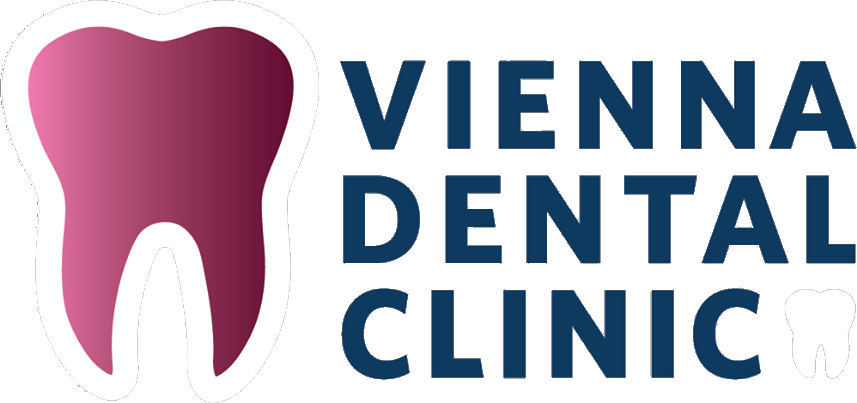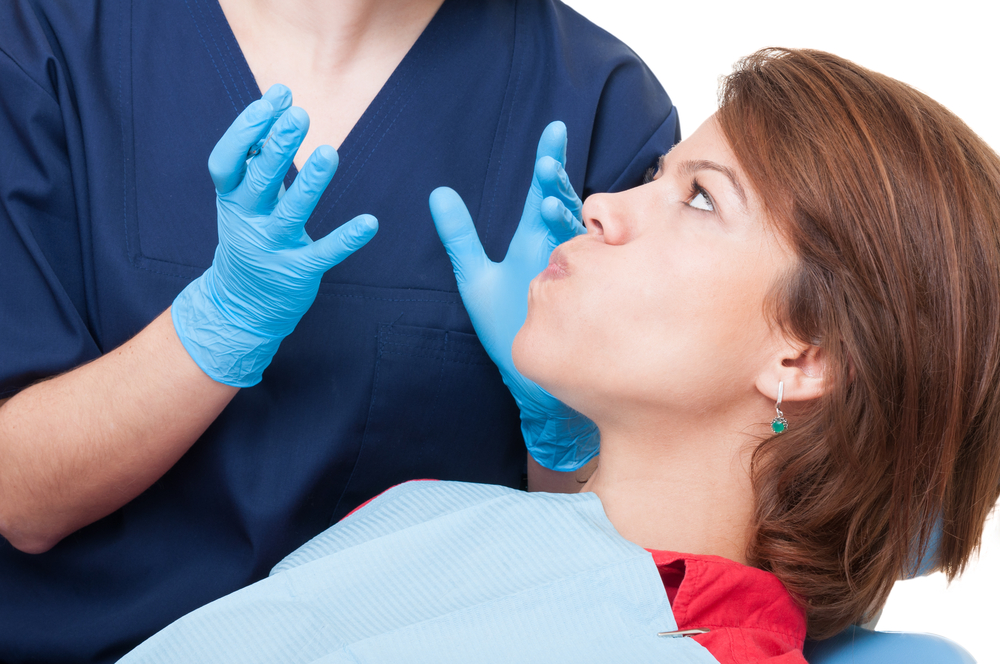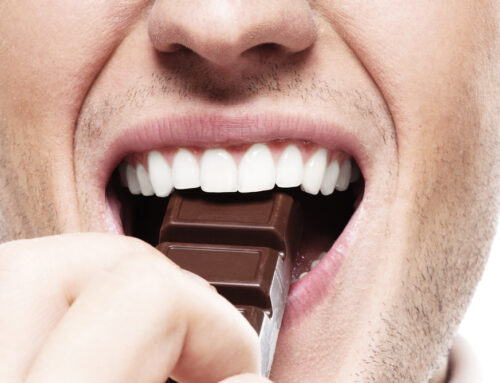Introduction
Hello readers, today in this fantastic blog, we’ll discuss everything related to dental problems like Plaque and many more. Dental Plaque is a biofilm that accumulates on the teeth and gums.
Tooth decay is the most common oral health problem in children and adults. It is caused by dental Plaque, which forms on the teeth and collects food particles. Over time, these particles decay and cause the tooth to become loose.
What do you mean by Stubborn Plaque?
Stubborn Plaque can be a problem if it is not cleaned off regularly. Stubborn Plaque is attached to the teeth but does not easily come off. Stubborn Plaque can cause problems if not cleaned off because it can form pieces that can fall out of the teeth.
How to Deal with the Stubborn Plaque?
If plaque is not removed from the teeth, it can harden and form tartar. Tartar can form when plaque is attached to the teeth and forms a thick layer. This layer can prevent the teeth from receiving the nutrients they need and cause decay. If plaque is not removed, it can also cause gum disease.
A few steps can be taken to deal with stubborn Plaque.
One is to use a toothbrush with a soft Bristle.
Another is to use a pea-sized amount of toothpaste and smear it onto the toothbrush’s bristles.
It is essential to use a circular motion when brushing. After brushing, rinse your mouth and teeth with water.
What are the Symptoms of Stubborn Plaque?
The most common symptoms of stubborn plaque are:
- Toothaches – This is the most common symptom of stubborn Plaque and is usually due to the accumulation of Plaque on the tooth’s surface. When Plaque accumulates, it causes toothaches as the plaque presses on the nerve that supplies the tooth with pain signals.
- Gums that bleed easily – If Plaque builds up on the gum line, it can cause gums to bleed easily. This is because Plaque can damage the gum tissues and cause them to bleed.
- Bad breath – Bad breath is another common symptom of plaque. This is because plaque can cause bacteria to form on the teeth, which can cause bad breath.
How is Stubborn Plaque managed or treated?
There is no one-size-fits-all answer to this question, as the best way to manage or treat Stubborn Plaque will vary depending on the individual’s specific situation and circumstances. However, some general tips that may help include:
- Regularly brushing and flossing teeth can help to remove plaque and debris from between teeth and around the gums.
- Eating a healthy and balanced diet with plenty of fruits and vegetables can help reduce the amount of Plaque that accumulates on teeth.
- If plaque is still causing problems, a dentist may recommend using a mouthwash or scrub to remove the plaque.
- If plaque is very stubborn or if it is causing severe dental problems, a dentist may recommend a dental cleaning or other dental treatment.




